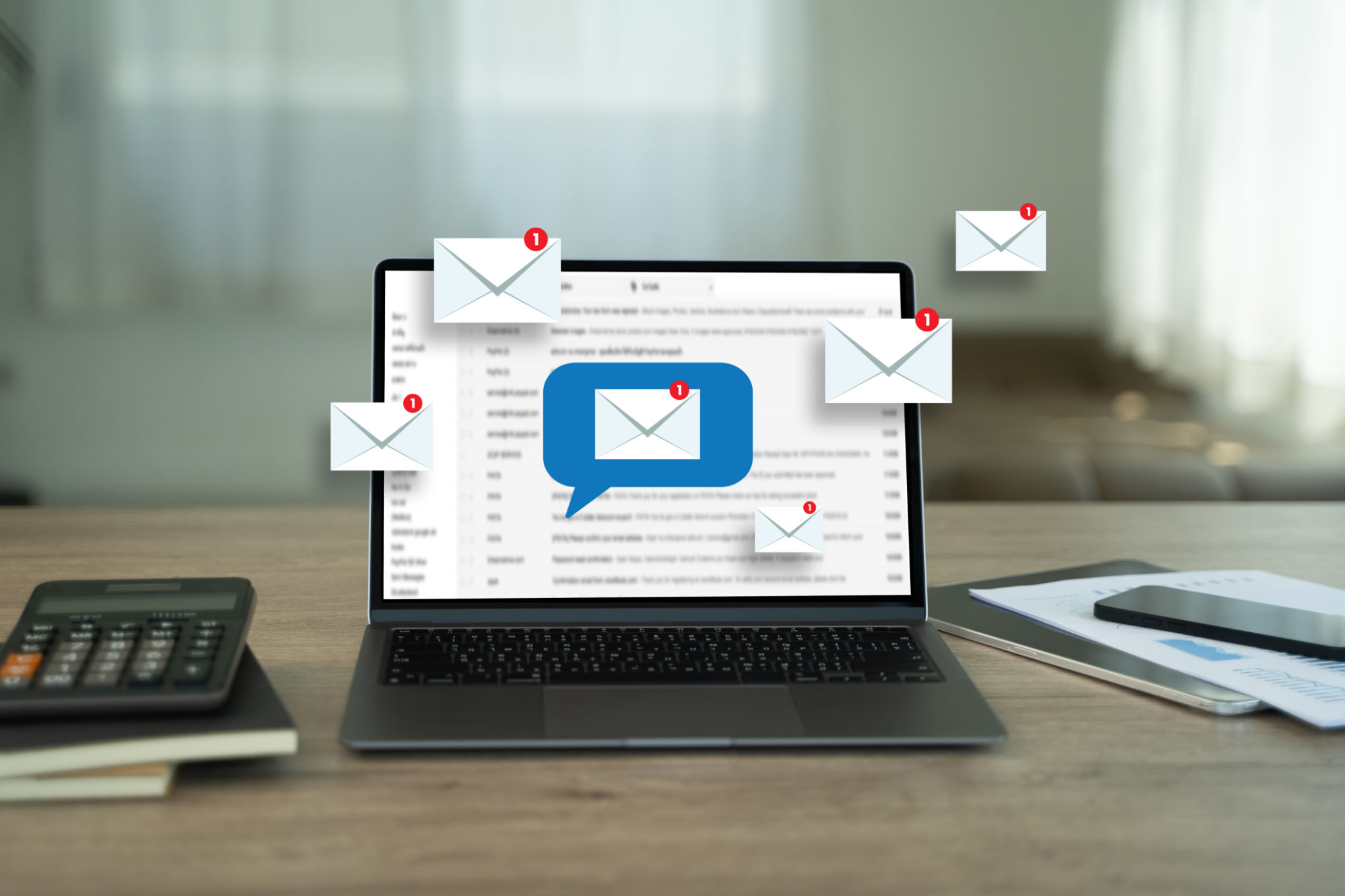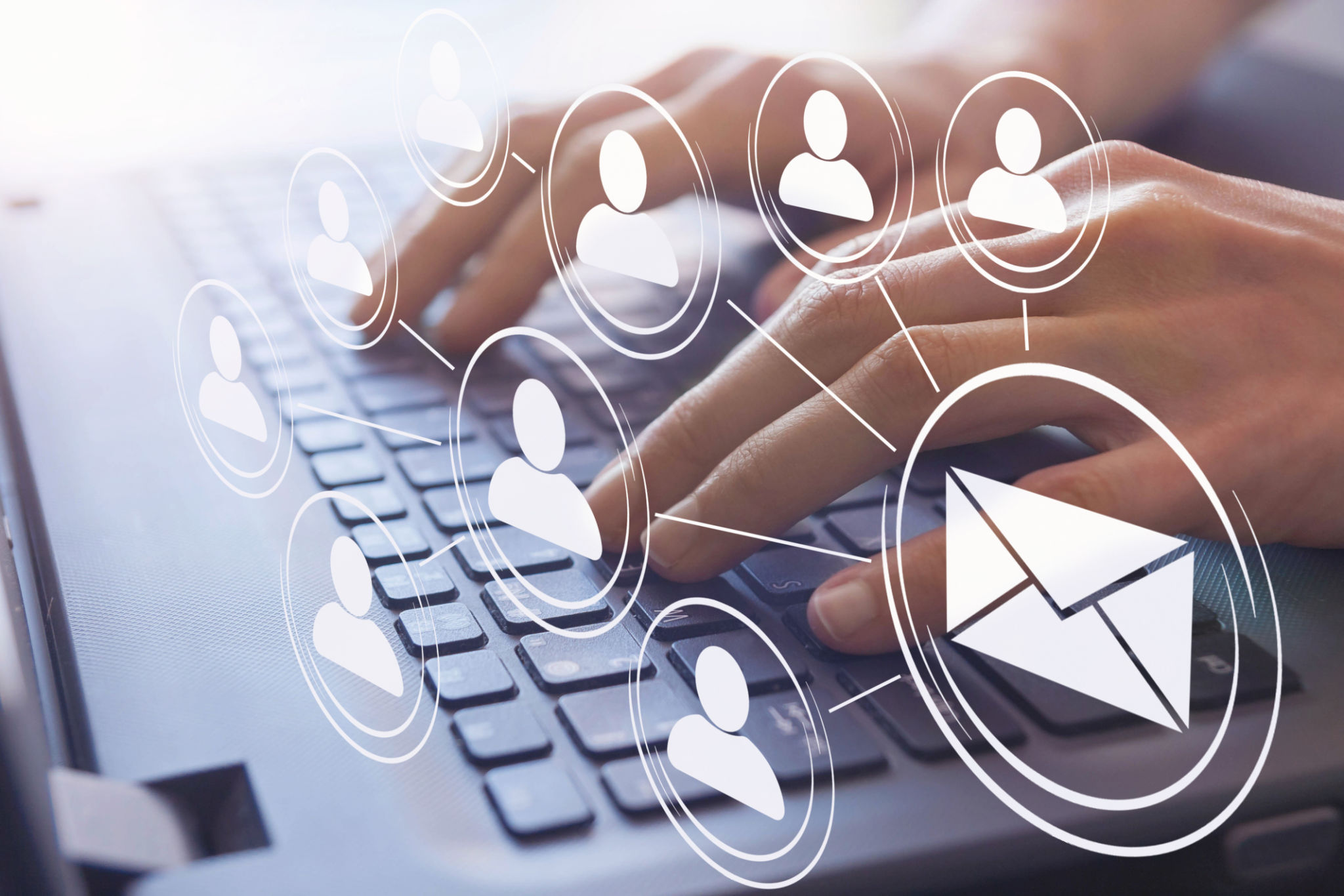Personalization in Email Marketing: Techniques to Boost Engagement
Understanding the Power of Personalization
In the digital age, consumers are bombarded with countless emails daily. To stand out, businesses need to offer more than just a generic marketing message. Personalization in email marketing is the key to capturing your audience's attention and boosting engagement. By tailoring content to the individual preferences and behaviors of your recipients, you can create a more meaningful connection with them.

Leveraging Data for Effective Personalization
To personalize your emails effectively, you need to gather and analyze customer data. This includes demographics, purchase history, and browsing behavior. Utilizing this information allows you to segment your audience and craft messages that resonate with specific groups. By understanding your customers' needs and interests, you can deliver content that is both timely and relevant.
Crafting Personalized Content
The content of your emails should reflect the preferences and behaviors of each recipient. This can range from using the recipient's first name in the subject line to recommending products based on their past purchases. Personalized content not only increases open rates but also encourages actions such as clicking through to your website or making a purchase.

Using Dynamic Content Blocks
Dynamic content blocks allow you to customize different sections of your email for different segments of your audience. For example, you can show one version of a product image to new customers and another to returning customers. This level of customization helps in making each recipient feel valued and understood, increasing their likelihood of engaging with your brand.
Behavioral Triggered Emails
Behavioral triggered emails are a powerful tool in personalization. These are automated messages sent based on a customer's actions, such as abandoning a shopping cart or browsing a specific category on your website. By reaching out at these critical moments with targeted offers or reminders, you can convert potential interest into actual sales.

Utilizing A/B Testing for Optimization
A/B testing is an essential technique in refining your personalization strategies. By experimenting with different subject lines, content layouts, and call-to-action buttons, you can determine what resonates best with your audience. Continual testing and optimization ensure that your personalized emails are always performing at their best.
The Role of Automation in Personalization
Email automation tools play a significant role in executing personalized campaigns at scale. These tools allow you to set up workflows that automatically send personalized content based on predefined criteria. This automation not only saves time but also ensures consistency and accuracy in your messaging.

The Impact of Personalization on Engagement
The ultimate goal of personalization in email marketing is to enhance engagement. When recipients feel that an email speaks directly to them, they are more likely to open it, click through, and interact with its content. Increased engagement leads to higher conversion rates and customer loyalty, making personalization an indispensable strategy for any business aiming for long-term success.